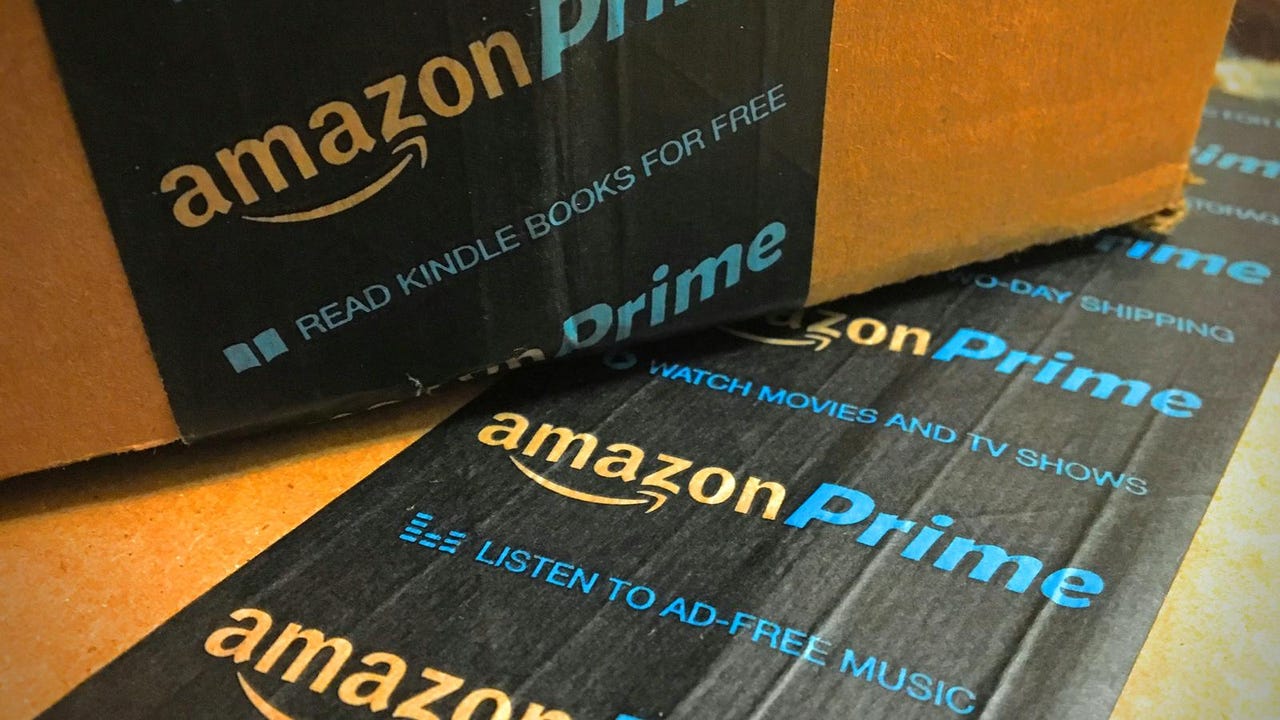Why Amazon is the king of innovation: Prime power


Image: CNET
Let's continue our discussion of innovation with Amazon Prime, Amazon's $99/year shopping club that has served as the company's way of making itself the default provider for virtually everything.
Prime membership started with free and fast 2-day shipping. With its large selection of goods and services, it quickly became irresistible, then indispensable, to busy families like mine (who were already familiar and comfortable with online shopping but disliked paying for shipping).
Because of that free shipping, many customers looked to Amazon before other providers. As a result, Amazon derived a home court advantage for the entire Internet of shopping. After all, if we'd paid for the privilege of using the service, we were going to use it for all it was worth!
But then Amazon did a curious thing. It started to add more services to Prime. Suddenly, it wasn't just free shipping. Suddenly, there was a library of (then) mediocre movies. Soon, it got better. Amazon added more movies, then introduced self-produced programming like Alpha House, Betas, and the exceptional Man in the High Castle. Prime is now the number two service in terms of video subscribers, after Netflix.
Then it got even better. Amazon Prime added free photo storage. Amazon added access to certain exclusive products that were only available through Prime. Next, Amazon added its music service to Prime. Finally, Amazon added free Kindle ebook rentals to Kindle device owners (doubling the entrenchment value of their offerings).
What Prime did is create an increasingly sweet offer you can't refuse. By making Prime highly valuable to its core customers, it insured loyalty in a way that traditional loyalty programs could only dream of. This has a direct benefit to Amazon.
Consumer Intelligence Research Partners estimates that the typical Prime customer spends almost twice as much ($1,100 a year vs. $600) as the non-Prime customer. The Statista chart below confirms this information, showing how the purchase volume of Prime members tends toward the high side. CIRT also reports Prime membership grew by 35 percent last year, to 54 million members who are literally and figuratively bought in to the Amazon ecosystem.
What makes the innovation in Prime stand out is not merely its infrastructure-intensive technological advances, but also its smart and brave marketing decisions. Keep that in mind as you explore innovation in your business. Not everything powerful in technology is based solely on powerful technology.
Previous: Why Amazon is the king of innovation: Kindle's clout
By the way, I'm doing more updates on Twitter and Facebook than ever before. Be sure to follow me on Twitter at @DavidGewirtz and on Facebook at Facebook.com/DavidGewirtz.

